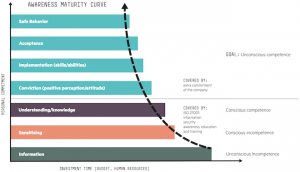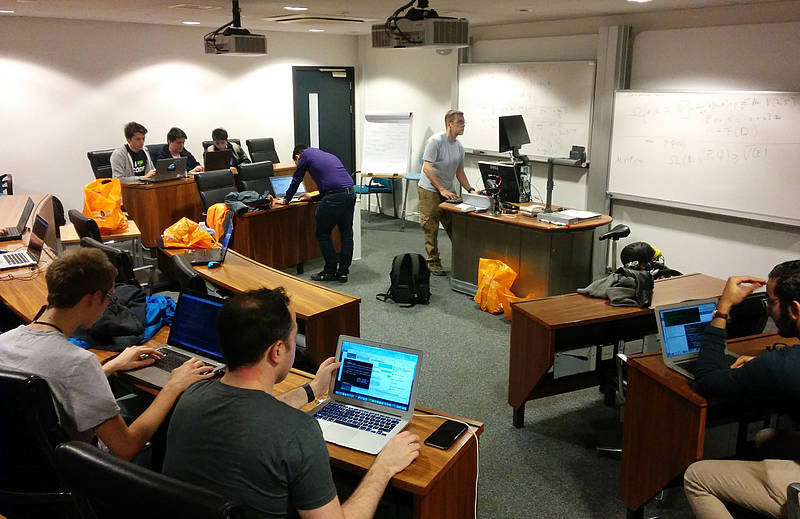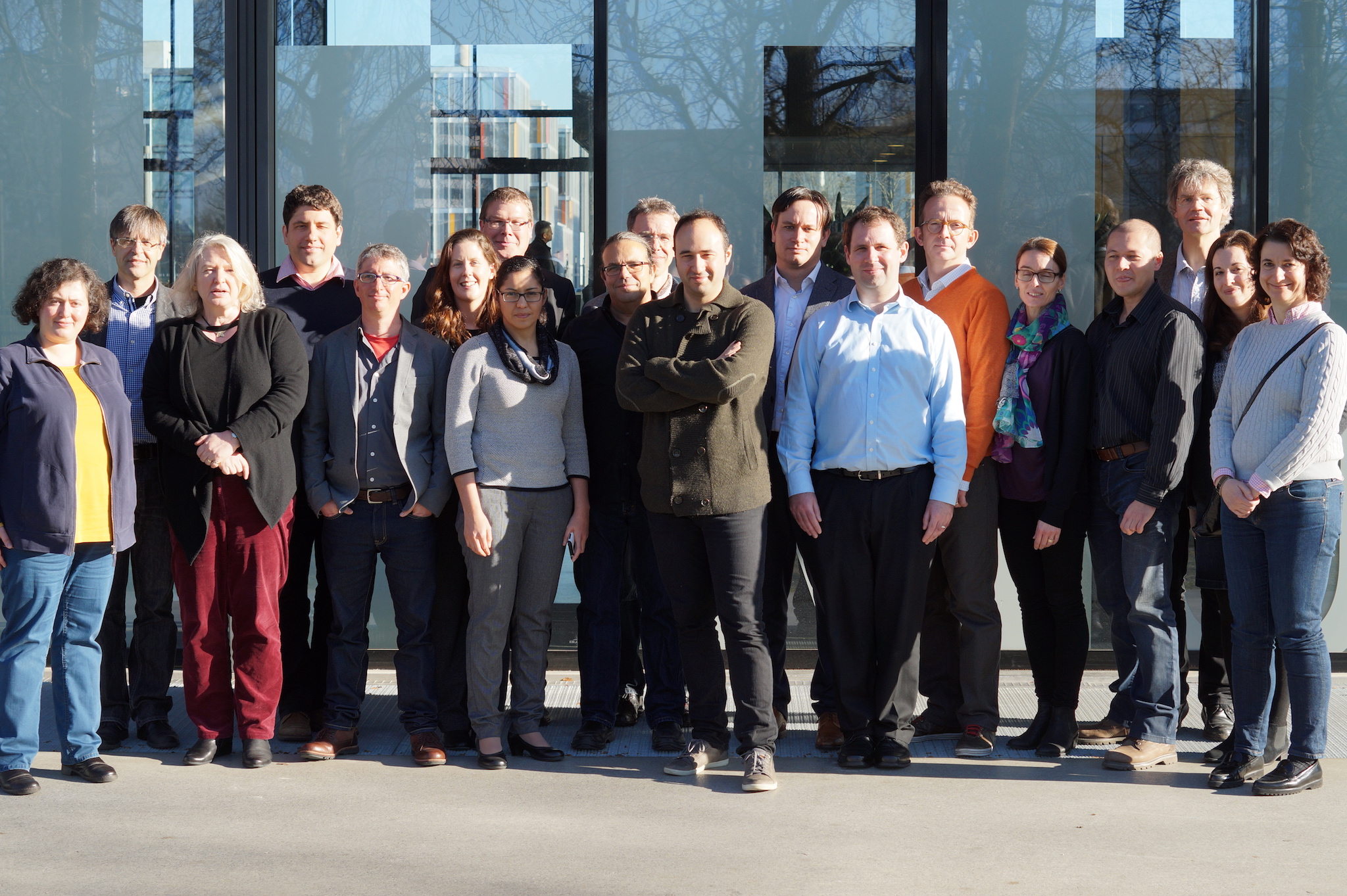We had the pleasure of Zachary Peterson visiting UCL on a Cyber Security Fulbright Scholarship. The title is from his presentation given at our annual ACE-CSR event in November 2016.
Zachary Peterson is an associate professor of computer science at Cal Poly, San Luis Obispo. The key problem he is trying to solve is that the educational system is producing many fewer computer security professionals than are needed; an article he’d seen just two days before the ACE meeting noted a 73% rise in job vacancies in the last year despite a salary premium of 9% over other IT jobs. This information is backed up by the 2014 Taulbee survey, which found that the number of computer security PhDs has declined to 4% of the US total. Lack of diversity, which sees security dominated by white and Asian males, is a key contributing factor. Peterson believes that diversity is not only important as a matter of fairness, but essential because white males are increasingly a demographic minority in the US and because monocultures create perceptual blindness. New perspectives are especially needed in computer security as present approaches are not solving the problem on their own.
Peterson believes that the numbers are so bad because security is under-represented in both the computer science curriculum and in curriculum standards. The ACM 2013 curriculum guidelines recommend only three contact hours (also known as credit hours) in computer security in an entire undergraduate computer science degree. These are typically relegated to an upper-level elective class, and subject to a long chain of prerequisites, so they are only ever seen by a self-selected group who have survived years of attrition – which disproportionately affects women. The result is to create a limited number of specialists, unnecessarily constrain the student body, and limit the time students have to practice before joining the workforce. In addition, the self-selected group who do study security late in their academic careers have developed both set habits and their mind set before encountering an engineering task. Changing security into a core competency and teaching it as early as secondary school is essential but has challenges: security can be hard, and pushing it to the forefront may worsen existing problems seen in computer science more broadly, such as the solitary, anti-social, creativity-deficient image perception of the discipline.
Peterson believes games can help improve this situation. CTFTime, which tracks games events, reports a recent explosion in cyber security games to over 56 games events per year since 2013. These games, if done correctly, can teach core security skills in an entertaining – and social – way, with an element of competition. Strategic thinking, understanding an adversary’s motivation, rule interpretation, and rule-breaking are essential for both game-playing and security engineering.
Continue reading Can Games Fix What’s Wrong with Computer Security Education?


